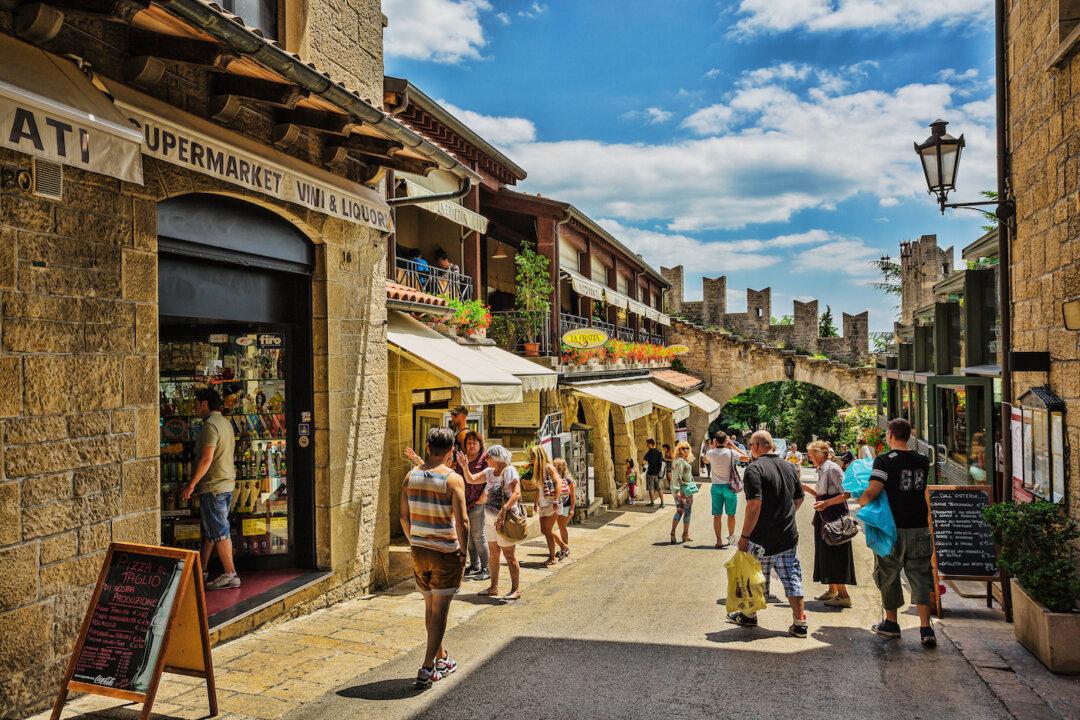Only one country in the entire world can boast of more cars than people within its borders—an astounding 25 percent more, according to the most recent statistics.
Can you guess the country? I’ll give you a few more hints:

Can you guess the country? I’ll give you a few more hints: